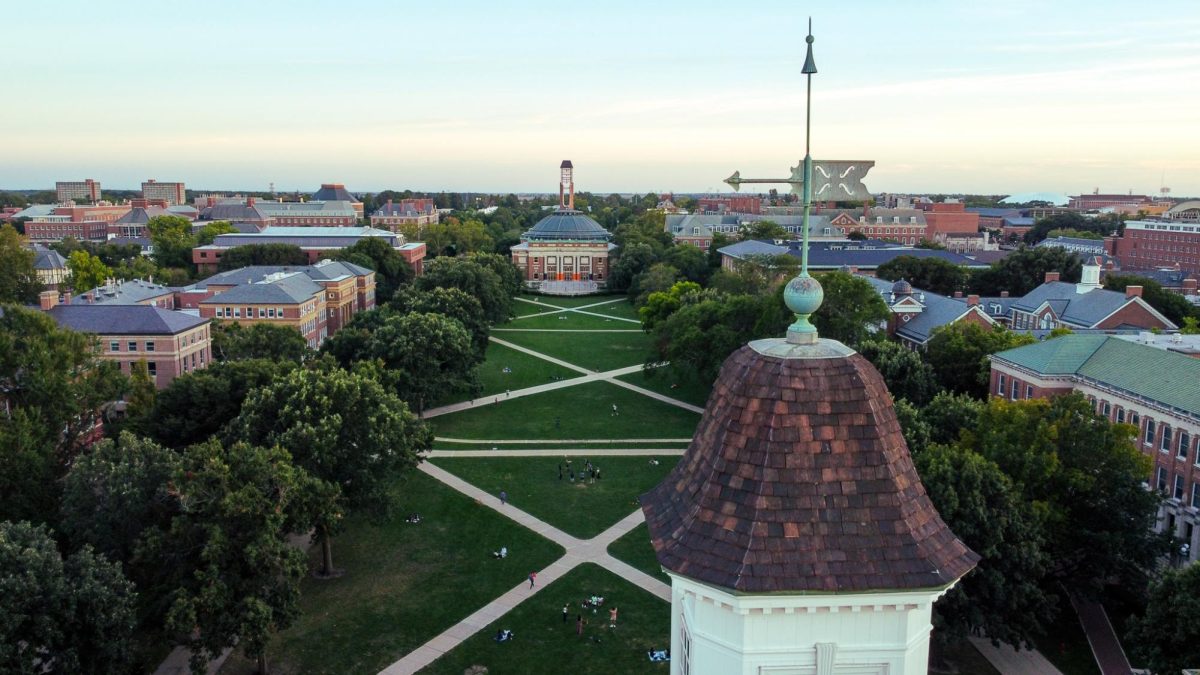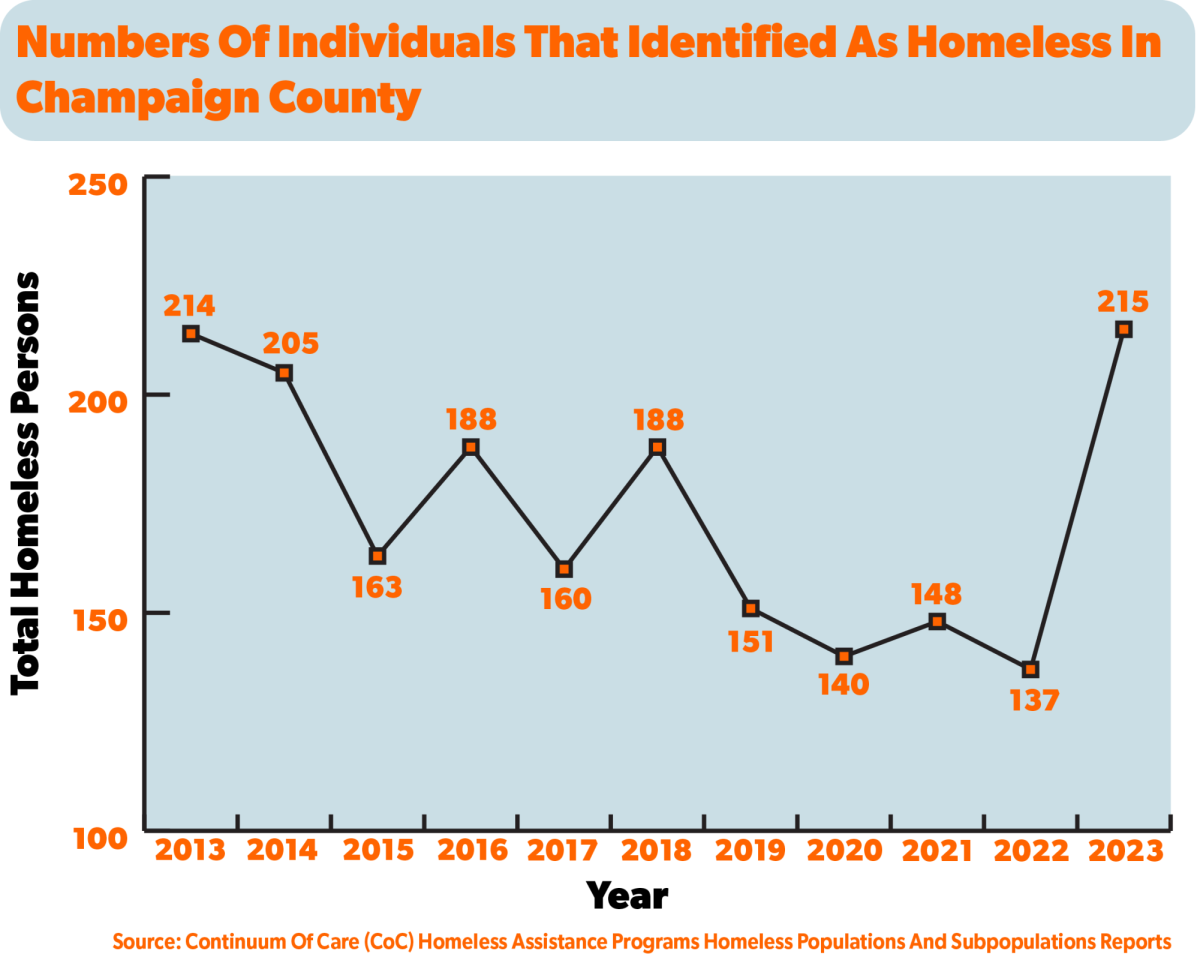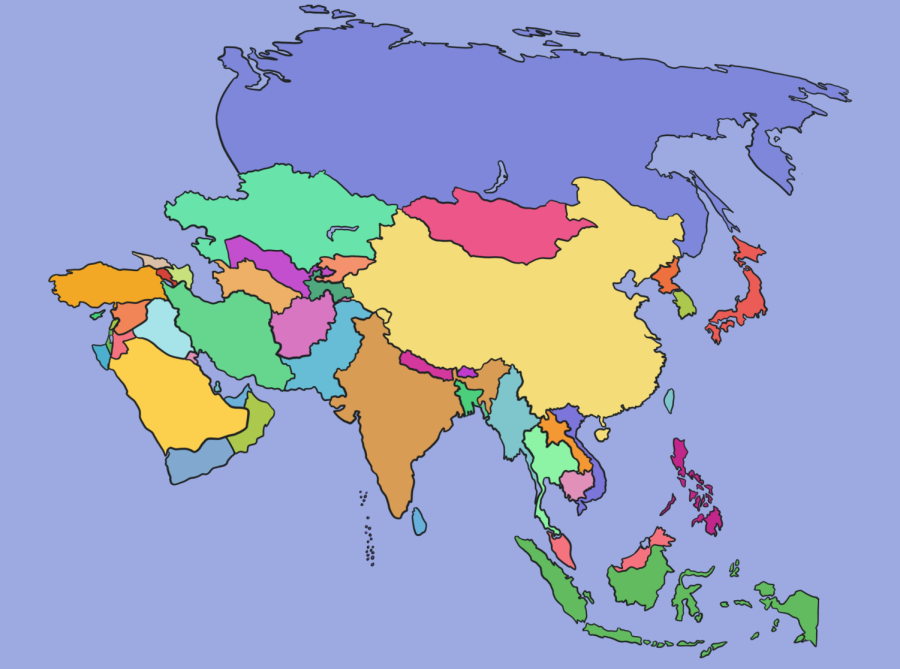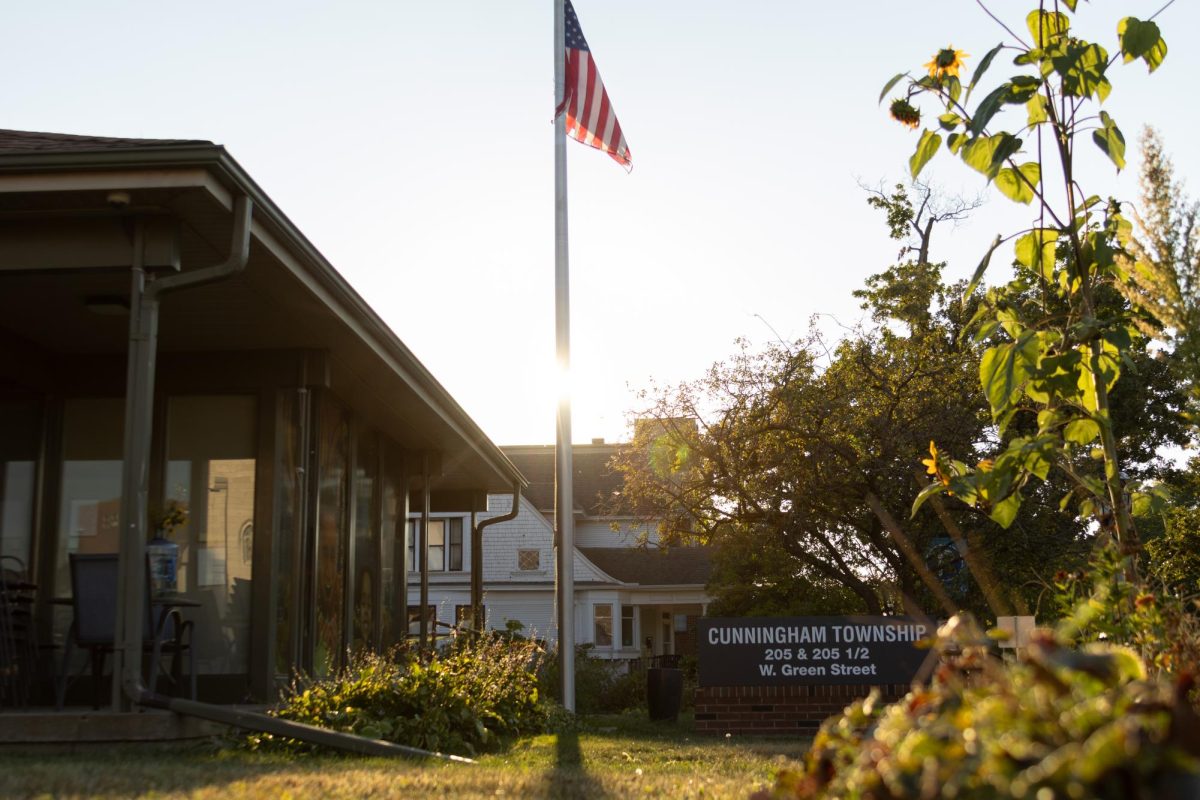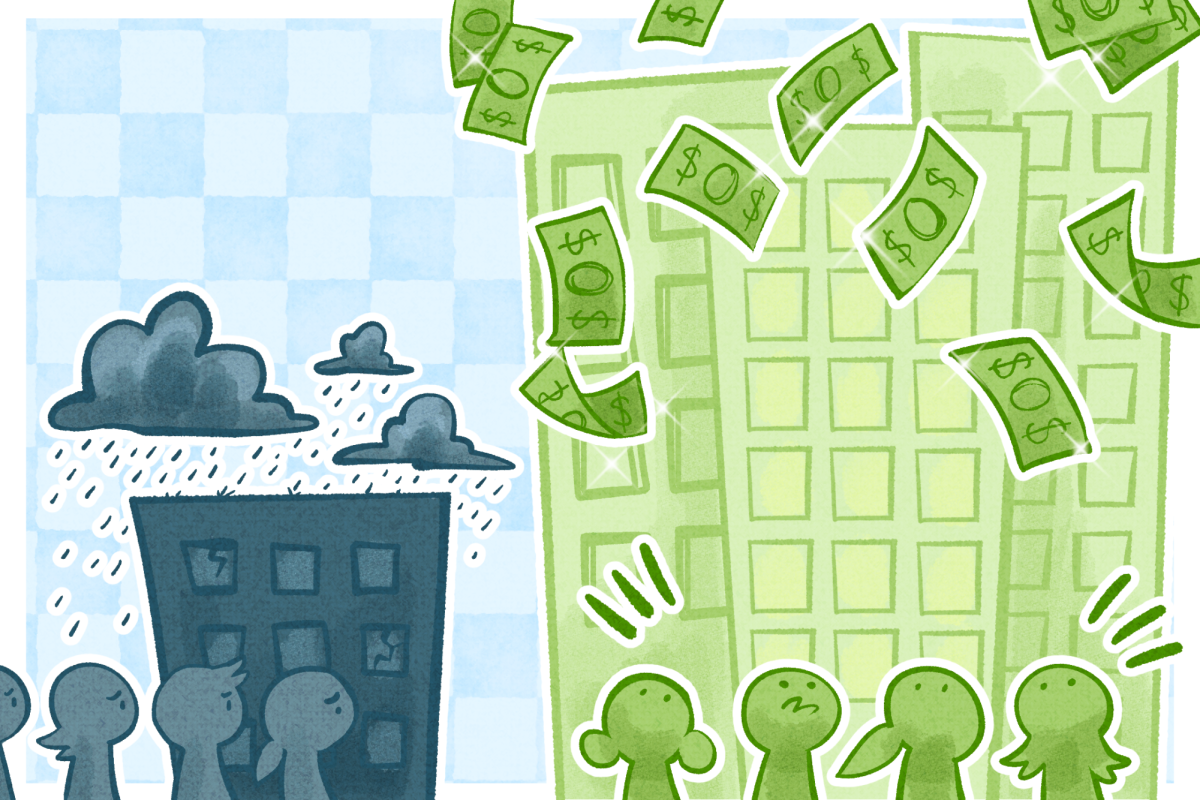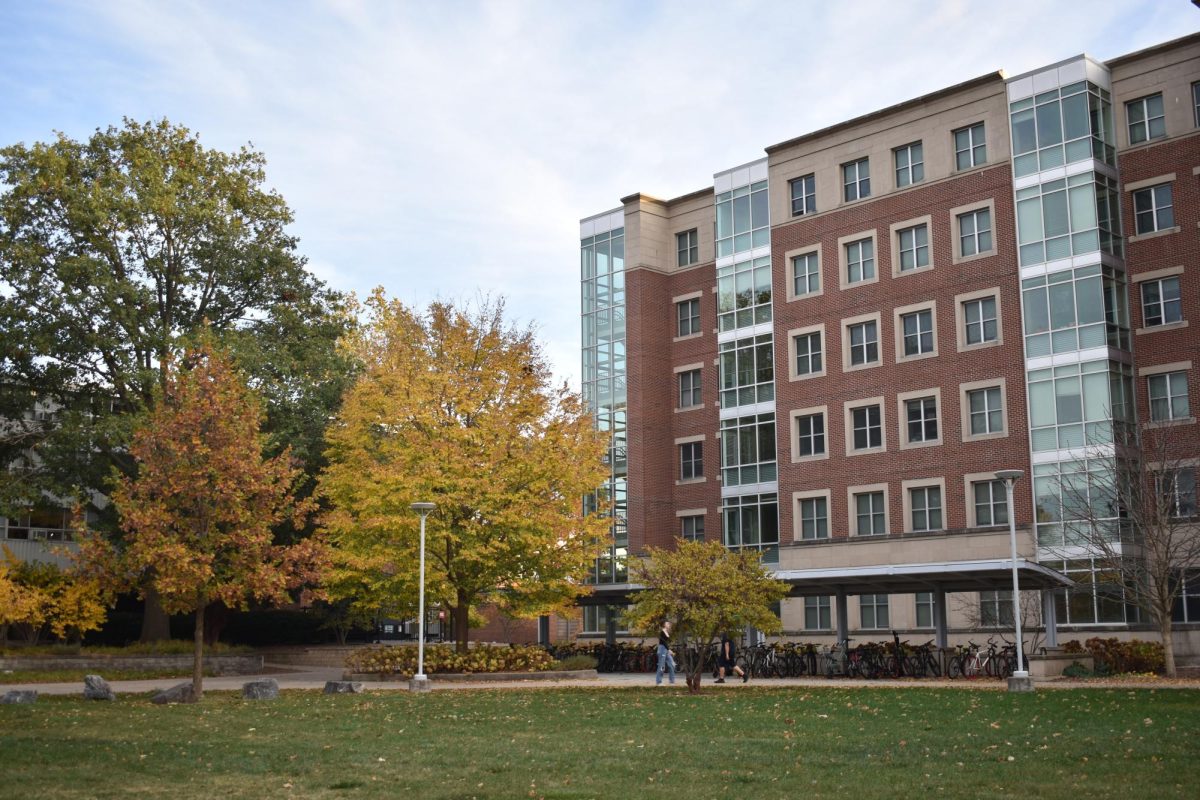In ecological terms, when a population outpaces its resources, the ecosystem is at risk of collapse. In the microcosm that is the University, this very well might be the case: The student population has spiked in recent years, threatening the structural integrity of the campus community.
The factors that contribute to a thriving campus must all work in tandem with one another, or the infrastructure supporting the significant student population is jeopardized.
Therefore, it is critically important to figure out how we arrived at this instability. The Editorial Board believes it may have started with the gradual glamorization of attending our University given its recent labeling as a “public ivy.”
We would be remiss if we didn’t examine our University’s recent ascent in college rankings. In 2021 and 2022, the University was ranked as the 47th-best college in the nation by the U.S. News and World Report. In 2024, the same report bumped us to 33rd.
This year, the University admitted 9,008 new students, a record number that has grown every year. When we couple the record-high class size with lower acceptance rates, it becomes an easy conclusion that the University is reveling in its selectiveness while simultaneously admitting more students than it ever has before.
Get The Daily Illini in your inbox!
As much as the fantastical image of a selective state university is a tantalizing prospect, it is a dangerous path for us to embark on. This year was just the first time we’ve seen what happens when the University prioritizes clout.
However, we should acknowledge this year’s unprecedented circumstances. Earlier this year, the FAFSA form was delayed by three months, and fewer students than usual dropped out after being admitted. These external factors also play a role in the community’s carrying capacity, and we must recognize that if we want a holistic idea of the situation.
Regardless, current students are still being forced to adapt to overwhelming crowd sizes and their effects on student spaces. Places once seen as refuges for students — such as the ARC and our libraries — are now burdened by the sheer number of undergraduate students.
Dining centers have become increasingly less convenient for students as lines for food extend out the doors and late-night snack staples 57 North and TerraByte have barren shelves more often than not. These issues leave students with minimal food options and in some instances, many unused dining dollars which expire before they can spend them.
However, student concerns stretch beyond simple inconveniences with the effects of the University’s over-admittance being felt daily.
While the University took preventative actions to reduce the strain on University Housing by offering meal swipes and $2000 incentives for upperclassmen to break their housing contracts, freshmen were still roomed with RAs — or placed in dorm-converted study rooms. Though this might sound like a sweet deal for upperclassmen, it puts additional stress on the already competitive housing market, pushing students to live farther and farther from campus.
These band-aid solutions to the University’s blunder treat current students as an afterthought.
Relatedly, four weeks after classes started, SEIU Local 73 went on strike, exacerbating many of the existing issues concerning students. Considering the current state of housing and dining centers, the University could and should have taken every measure to prevent this avoidable outcome.
The strain from overcapacity can also be felt in class, with more students filling lecture hall seats than usual. For some classes, this resulted in exams transitioning to an online format to compensate for the limited seating.
By prioritizing new students over current students, the University has drastically reduced the quality of life for everyone, including newly admitted students and the local community — this is especially felt in public transportation usage.
Despite MTD restoring bus services to pre-pandemic levels, spaces are still limited for students and community members, with overcrowding at its worst at the top of every hour as students rush to class. Even with efforts to mitigate packed buses and encourage student feedback, resources are still limited.
As for the students pushed to the border of Champaign-Urbana, due to limited housing, access to a close bus stop will be hard to come by.
Amy Snyder, deputy managing director of MTD, expressed concern about the current uncertainty surrounding the University’s direction, with the actions of the community being very much dependent on the University’s next steps.
“We want to be responsive as we’re all trying to figure out what is the future of this campus,” Snyder said. “Are we going to go north of 60,000 students? Is that who we are?”
No — that is not who we are. Even though we’re seeing a consistent upward trend in applicants and freshman class sizes as a result, this is not a trend to be proud of.
The Editorial Board hopes that the over-admittance we are seeing is the anomalous result of unlikely factors and is not indicative of the University’s admissions policy moving forward.
We ask the University to assure its current students — who are experiencing the brunt of the decreased quality of life — that they will learn from this experience and curtail admissions to ensure that the fragile balance of this University’s ecosystem is not threatened. Our population is evidently outpacing its resources, but we must avoid a threat to our structural integrity at all costs.
We ask the University: Is it worth sacrificing the quality of our experience for the sake of your growing enrollment numbers?



